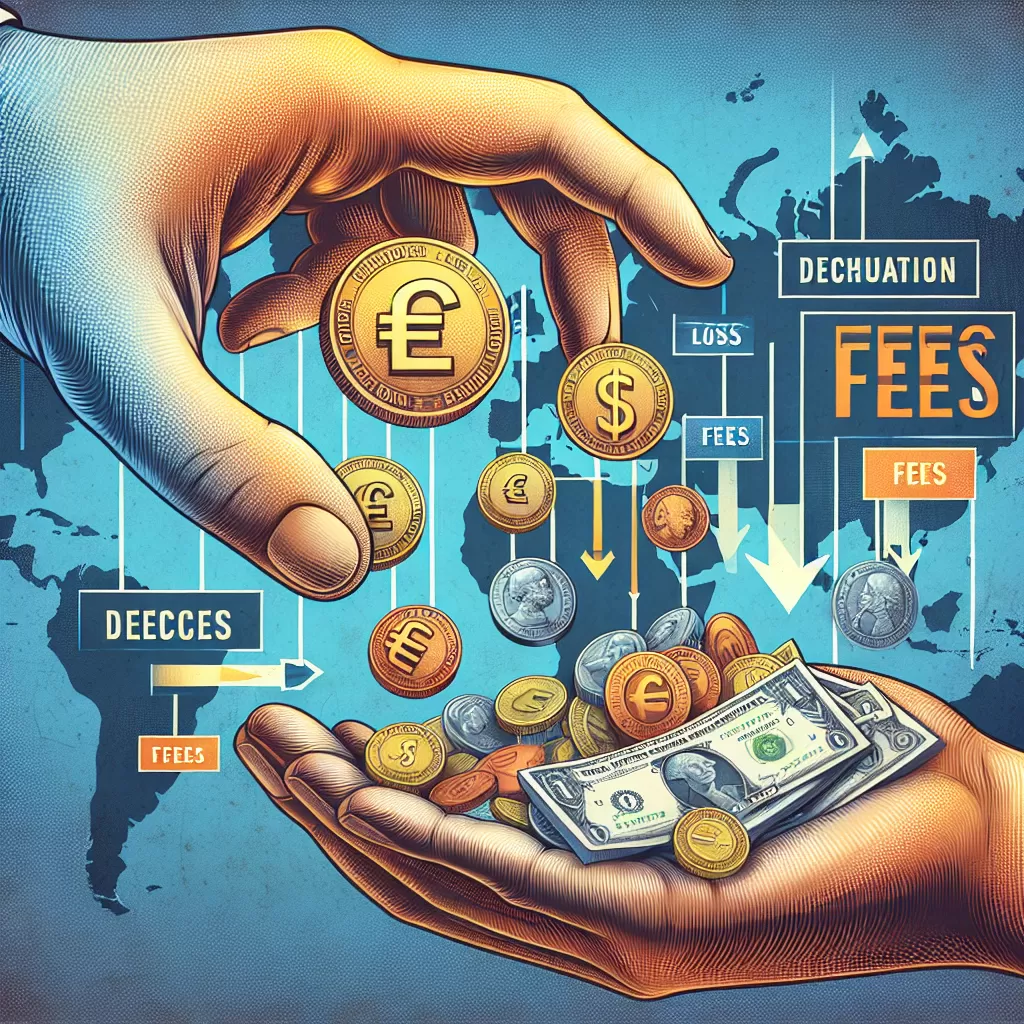What Are Currency Exchange Fees
Follow Currency Mart April 10, 2024
Where to purchase Foreign Currencies?

Introduction
Currency exchange fees are an essential part of the global financial landscape, allowing money to flow across borders and facilitating international trade and investments. The Guardian of Currency Exchange is here to provide you with a comprehensive guide to understanding what exactly these fees are, how they work, and ways to minimize their impact.What Are Currency Exchange Fees?
Simply put, currency exchange fees are costs incurred by an individual or business when exchanging one currency for another. They’re charged either as a specific fee or a percentage of the amount being converted. These fees ensure that the financial institutions providing currency exchange services – such as banks, credit card companies, and online exchange bureaus – can cover their operational costs and earn a profit.Types of Currency Exchange Fees
There are several types of currency exchange fees. Each varies depending on the financial service provider, the type of transaction, and the currencies involved.1. Transaction Fees
Transaction fees are usually flat rates charged for each exchange transaction. Regardless of the amount converted, this fee remains the same.2. Percentage Fees
As the name suggests, percentage fees are charged as a percentage of the total transaction amount. The larger the transaction, the more significant this fee becomes.3. Exchange Rate Markups
Exchange rate markups, otherwise known as the spread, are slightly different from actual fees. Here, the financial institution sets their exchange rate above the market rate to make a profit.4. Hidden Fees
Hidden fees are charges that may not be initially apparent until the transaction is completed. These are often embedded within the exchange rate itself or labelled under vague terms in the agreement.Impact of Currency Exchange Fees
On the surface, currency exchange fees may seem insignificant, usually mere fractions of the total transaction amount. Yet, the larger and more frequent the transactions, the more these fees add up, potentially becoming a considerable expense for regular travellers, expatriots, and international businesses. Understanding these fees can subsequently lead to significant savings.Minimizing Currency Exchange Fees
Fortunately, there are several methods to reduce, or at times, avoid these fees altogether.1. Compare and Shop Around
Different financial institutions offer different fees and rates. Therefore, comparing multiple options can help you find the most cost-effective deal. Online currency comparison tools can assist in this process.2. Use Credit Cards with No Foreign Transaction Fees
Some credit cards do not charge foreign transaction fees, making them a cost-effective option for overseas purchases. However, card issuers might offer exchange rates with built-in markups. So, it’s crucial to read the fine print closely.3. Opt for Online Currency Exchange Platforms
With lower overhead costs, online currency exchange platforms can often offer better rates with lower fees than traditional financial institutions. Additionally, they provide the convenience of managing exchanges from the comfort of your home.Conclusion
Currency exchange fees are seemingly complex but fundamental components of global finance. With a deeper understanding and some proactive steps, you can navigate this terrain efficiently, ensuring the world of currency exchange works in your favour.
Where to purchase Foreign Currencies?